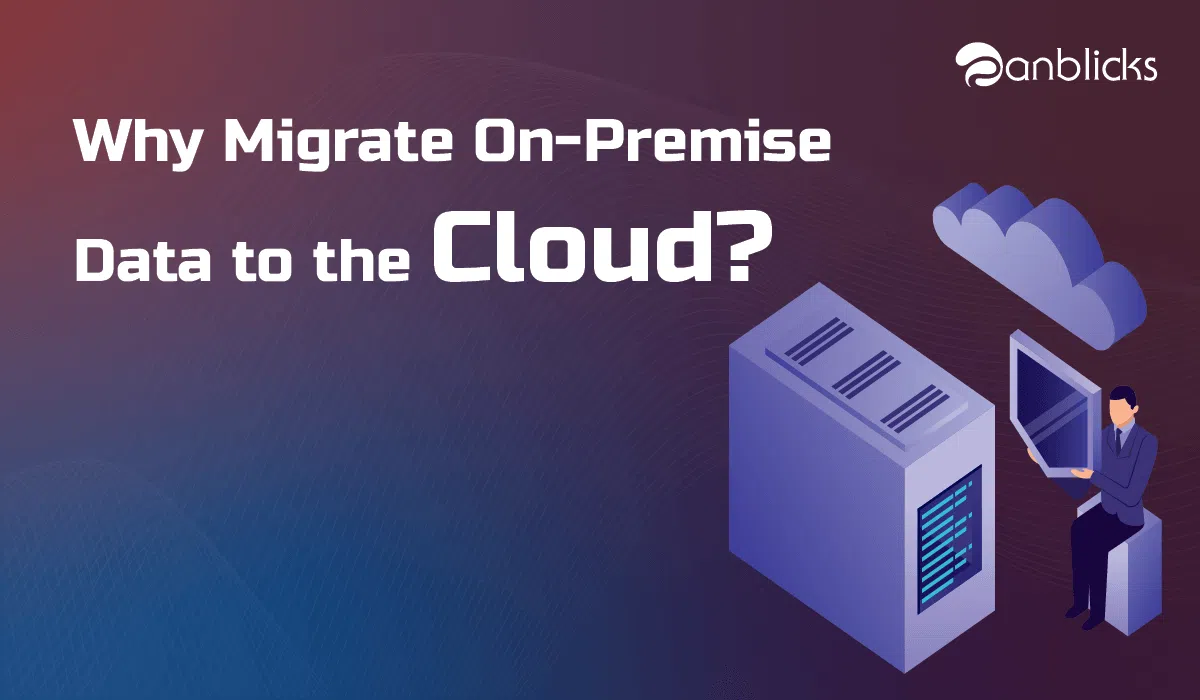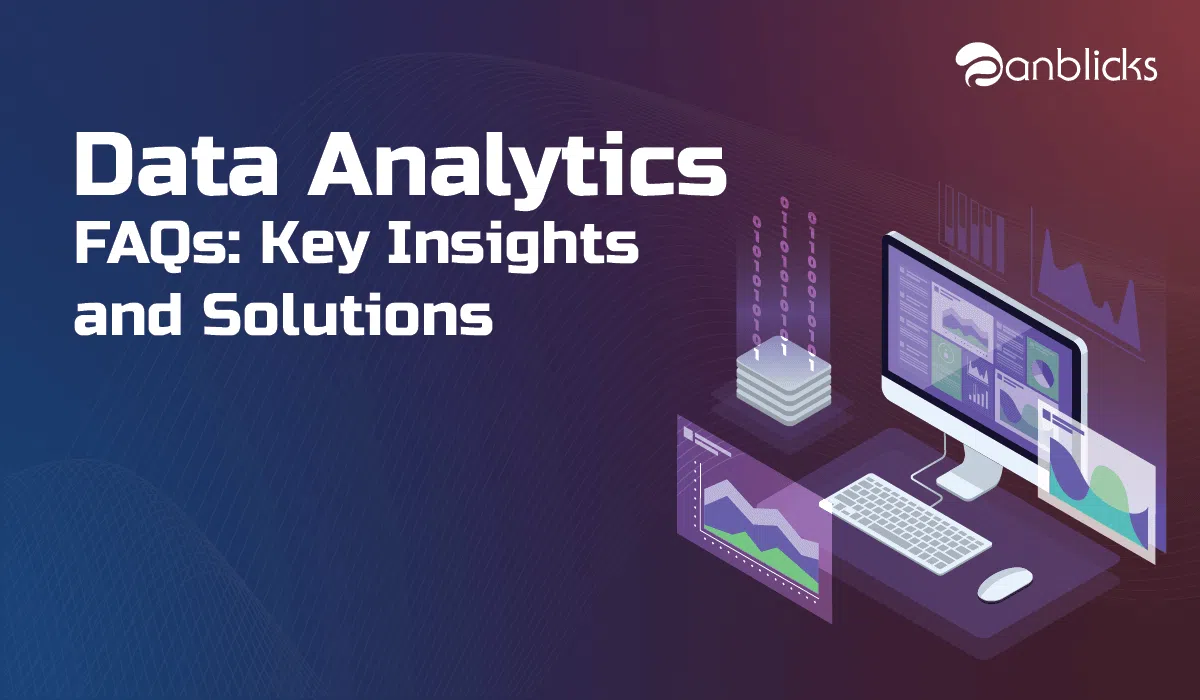
FAQs on Data Analytics

- Clarifies common data analytics concepts and terms.
- Answers frequently asked questions about data collection, processing, and analysis.
- Offers expert insights into practical data analytics challenges and solutions.
1. What is Data Analytics?
Data analytics is the science of examining raw datasets in order to obtain an outcome regarding the information they hold. It allows us to identify patterns in the raw data and extract valuable information from them.
They assist organizations to recognize their customers better, analyze their marketing campaigns, personalize the content, design content strategies, and improve products.
2. What are the types of data analytics?
The following are the four fundamental types of data analytics:

3. What is the Process of Data Analytics?
With an appropriate data analysis process and tools, what was once an overwhelming volume of diverse information becomes a precise, clear decision point.
To enhance your data analysis skills and analyze your decisions, implement these 4 steps in your data analysis process:
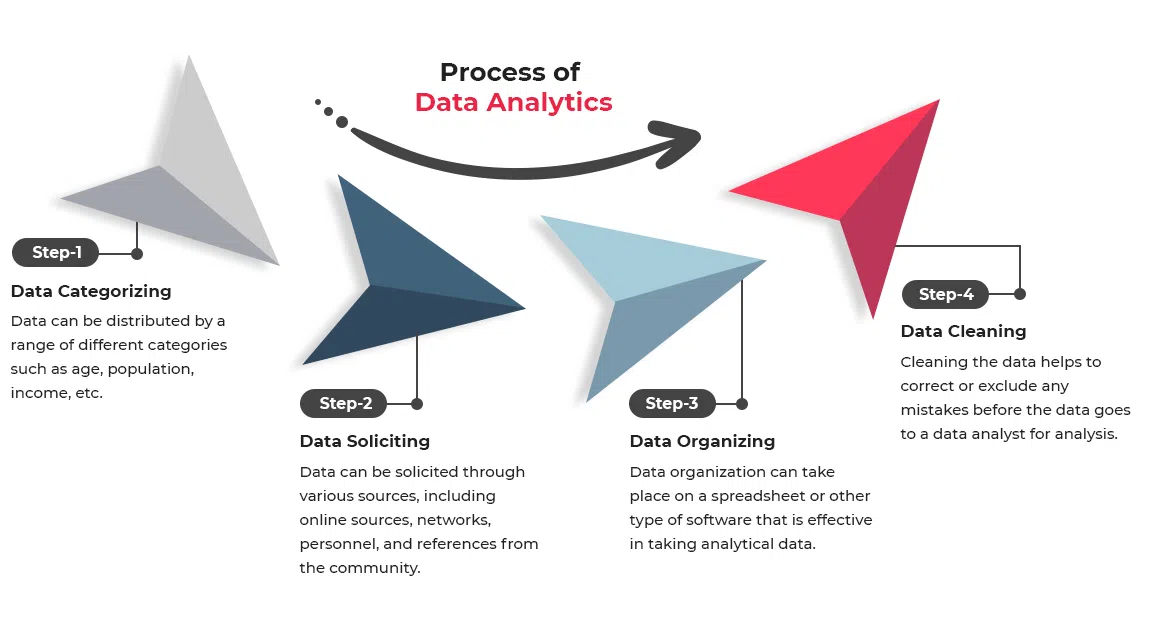
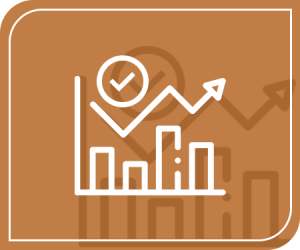
1. Improves Decision Making
Organizations might utilize the information they receive from data analytics to manage their decisions, pointing to enhanced results. Data analytics eliminates a lot of guesswork from developing marketing plans, determining what material to make, producing goods, and more.
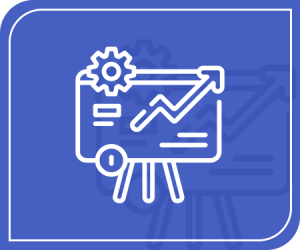
2. Converts to an Effective Marketing
When businesses know their customers better, they will be able to market them more effectively. Data analytics also provides businesses precious insights into how their marketing campaigns work so that they can fine-tune them for more reliable outcomes.

3. Improves Customer Service
Data analytics provides businesses with profound insight into their clients, encouraging them to personalize customer experience to their needs, allow more customization, and build good relationships with them.
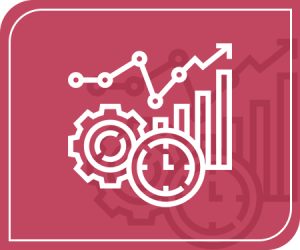
4. Increases Operational Efficiency
Data analytics assist businesses to streamline their operations, deliver resources, and enhance the bottom line. When businesses receive a better idea of what the audience needs, they spend less time creating advertisements that do not match the aspirations of the audience.
5. When is the right time for me to deploy an analytics strategy?
Analytics is not just for once or for any special event, it is a continuous process. Businesses should not take their concentration off analytics and prepare to utilize it as a regular business function. Once businesses begin comprehending the potential analytics to resolve problems, they start using all kinds of strategic and general business decisions.
6. What kind of data points are needed for analysis and how do companies start capturing them?
Data is the most essential resource for any analytics project thus the business should make sure that it apprehends its business and customer data in a structured manner. To capture the right data points in the right format requires a long and short term data strategy. This strategy depends on what the company is trying to achieve (e.g. Learn about the customer or product selling strategies, or customer journey etc.) and how. It requires certain sophistication to build in data capturing techniques and technological support that will help us store and these data points in an understandable format.
Anblicks, being a cloud data engineering company can assure that company has all the important data in the most suitable form both functionally, technologically and most importantly in boundaries of monetary abilities.
7. What is Predictive Analytics?
Predictive analysis is how a business estimates historical data and past performance via analytical algorithms and machine learning techniques so that they predict, and project future outcomes. Businesses utilize predictive analytics to solve complex problems and reveal new opportunities .
Projected the risk ahead of time, predictive analysis empowers businesses to develop a response and determine the outcome.
8. How can Anblicks help businesses with data and analytical strategies?
At Anblicks, we help with
- Check your business requirements – Getting an in-depth knowledge of your strategic objectives and reporting requirements, describing use cases, and recognizing gaps in your data.
- Assess your data source – Classifying and managing an assessment of all your business data sources.
- Implement a data quality evaluation – Recognizing any opportunities for data cleansing and start governance to assure the data is perfect, accurate, and consistent.
- Provide reports and artifacts – Presenting guidance on reporting tools KPIs and metrics as well as supporting with the creation of reports.
- Design Data integration/modeling – Using data from multiple sources to link and create data models for reporting.
- Enterprise analytics solutions – Providing support with platform and technology preference and implementation, as well as providing practical guidance on pre-built versus custom solutions.




